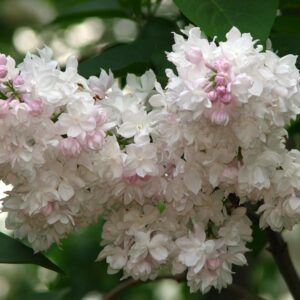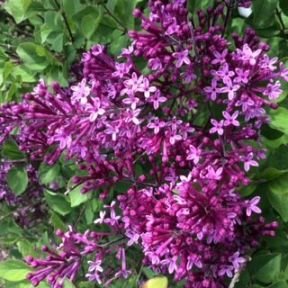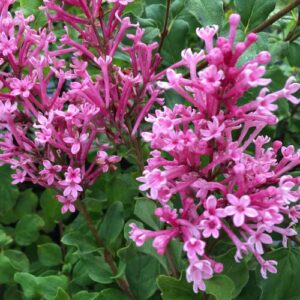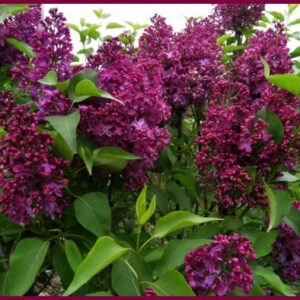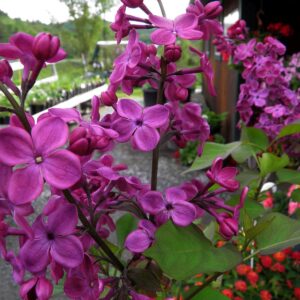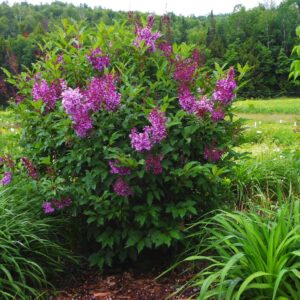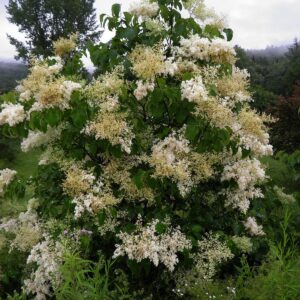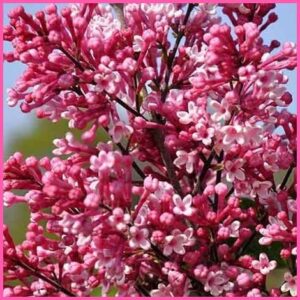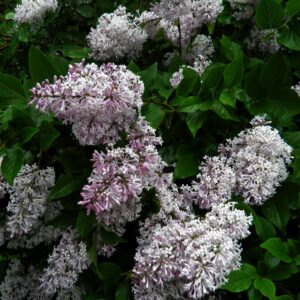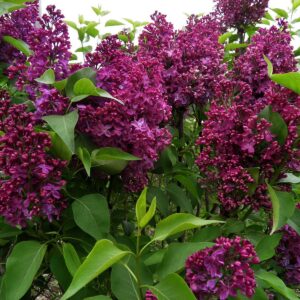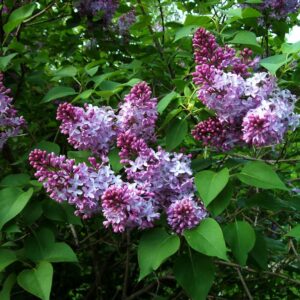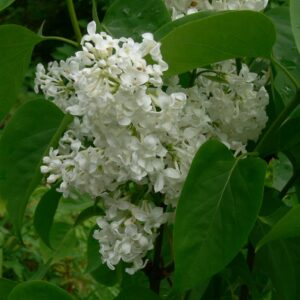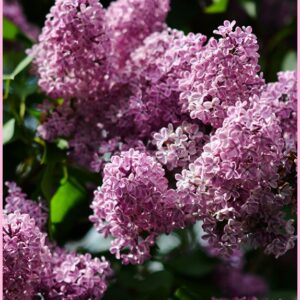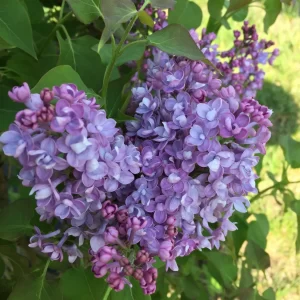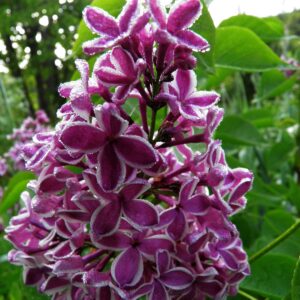Lilacs
Like many Vermonters, we have had lilacs growing wherever we have lived. They seem to be a part of New England, providing early colors and warm conversation when we are looking for other parts of our gardens to jump into early summer action. They are easy to grow and maintain but we often hear comments to the contrary. To be successful, just keep a couple things in mind.
Caring for Lilacs
Lilacs need sunshine and Vermont, as example, presents problems in that respect because we are a cloudy state. Avoid heavy wood lines, the north side of your house, areas shaded by outbuildings or plantings in close proximity to tall trees. Lilacs cannot handle wet feet and although they may live on for some time, they will be a disappointment. Avoid areas that hold water in the spring when water from spring runoffs might puddle around them and then stay soggy for the next month. That just won’t work.
The other thing is the soil itself. Avoid clay soils unless they can be loosened and amended a bit, and in contrast, avoid highly acidic soils that might make your blueberries special but will slow your lilacs to a halt. Each spring spread a handful of lime around the drip edge of the bush (at least a foot away from the bottom branches) and also amend with your fertilizer of persuasion—either a commercial fertilizer such as a 5-10-5 or an organic fertilizer. When late July temperatures rise and things dry out, offer a good soaking so the water gets to the roots instead of just holding onto the surface.
We often receive questions from homeowners with old lilacs that are tall and wide and never seem to produce flowers. Lilacs need a regular pruning, so the bush has good air flow and has room to display its blooms. Lilacs that have been around for 10 years need some heavier pruning. Any branch that is an inch and a half or greater in diameter needs to be pruned down to 4″ above ground level. If your lilac seems to need a good pruning, don’t be afraid to prune away.
There are plenty of good books out there that can help with a better understanding of lilacs. One we like is Lilacs: A Gardener’s Encyclopedia by John L. Fiala, revised by Freek Vrugtman in 2008 by Timber Press, Inc.
PLEASE NOTE: It is with regret that we are not able to offer lilacs for sale. 2023 and 2024 offered up major floods. The first year +23 feet of water covered our lilac production area and the following year almost 30 feet of water covered many gardens as the Winooski River went over its banks and also much of Route 2. We intend to get back into production but this is at least two years out–about 2027. In the interim, we have +25 varieties growing around the perimeter of the farm so stop by and take a look.
